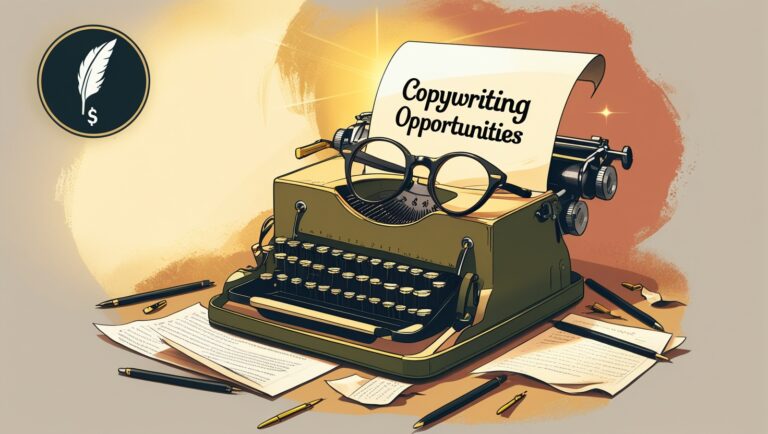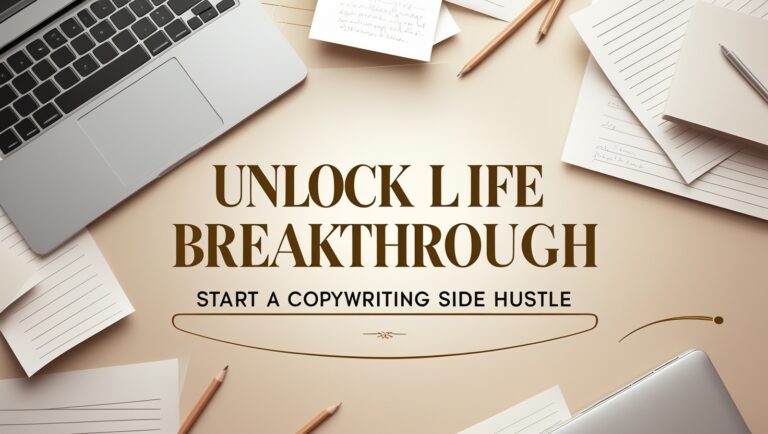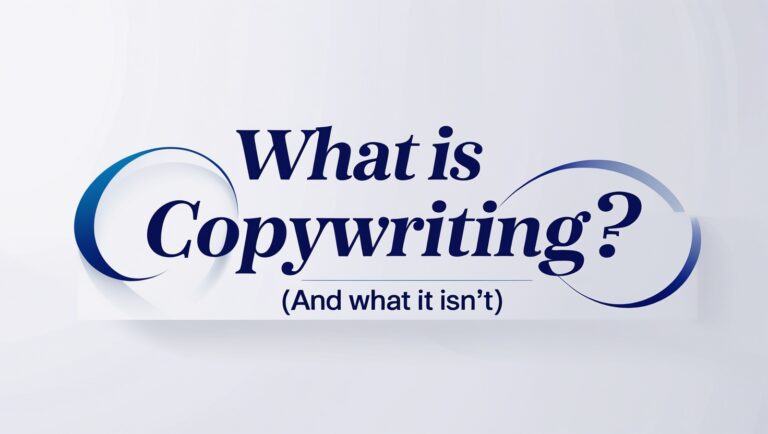The Remarkable Power of Words: A Copywriting Secret You Need
The Hidden Formula Behind Enchanting Copy
What if a simple shift in your writing could captivate your audience, boost conversions, and make your words impossible to ignore? This is not a gimmick or BS. It is a time-tested copywriting secret that the world’s top marketers use to grab attention and drive action.
In this guide, you will uncover a powerful strategy to make your words more persuasive and magnetic. Whether you are crafting email subject lines, sales pages, or social media posts, this technique will transform the way you communicate.
If you choose to put what you learn into action.
The Psychology of Persuasion: Why Some Words Stick
Not all words carry the same weight. Some words pass by unnoticed, while others ignite emotions, create urgency, and inspire action. The secret? Understanding the psychological triggers that make words stick.
Here are three core psychological principles that master copywriters use:
- Authority – People trust experts. Back your claims with credible sources, testimonials, or industry experience.
- Scarcity – Limited-time offers and exclusive content create urgency. The fear of missing out (FOMO) is a powerful motivator.
- Social Proof – People follow the crowd. Case studies, reviews, and user-generated content enhance credibility and trust.
Neil Patel – 7 Copywriting Hacks Based in Psychology
The Copywriting Secret That Changes Everything
The key to great copy is conversational flow combined with strategic emphasis. Great copy does not sound robotic or overly salesy, it sounds like a real conversation. However, hidden within that conversation are subtle yet powerful elements that guide the reader toward a decision.
1. Write for One Person
People connect with people, not businesses. Instead of writing to a broad audience, picture a single reader (customer). Ask yourself:
- What are their fears and frustrations?
- What problem do they need solved?
- How can your words provide the solution?
If I was reading your copy, I should feel like it was written directly to me. I should feel like you understand my problem perfectly and better yet you know exactly how to solve it.
Addressing one reader at a time creates an instant connection.
2. Use Power Words
Power words evoke emotion and spark curiosity. Some of the most effective ones include:
- Exclusive
- Proven
- Instant
- Guaranteed
- Effortless
Sprinkle these words naturally throughout your copy to enhance its impact. Don’t overuse emotional and power words, they need to serve a purpose to envoke feelings within the reader.
3. Master the Art of the Hook: Copywriting secret
Your first sentence determines whether a reader continues or clicks away, so you can imagine now important it is for you to get it right. Strong hooks include:
- A shocking statistic (“Did you know 80% of readers never get past the headline?”)
- A bold statement (“Your copy is failing, here is why.”)
- A compelling question (“What if one sentence could double your conversions?”)
The hook sets the tone and draws the reader in (or makes them click away).
Real-World Application: Crafting Irresistible Headlines
Headlines are the gateway to your content. If they fail, the rest of your copy never gets read. Here is a simple yet powerful formula:
[Number or Trigger Word] + [Adjective] + [Keyword] + [Promise]
Examples:
- “7 Proven Strategies to Skyrocket Your Sales Instantly”
- “How to Craft Irresistible Headlines That Demand Attention”
- “The Ultimate Guide to Copywriting That Converts”
For an in-depth guide on writing high-converting headlines, check out this resource.
The Power of Emotional Storytelling

People remember stories far more than facts. A well-crafted story creates an emotional bond, making your message more memorable. This could be considered one of the biggest “copywriting secrets”, a good story really can work wonders.
How to Use Storytelling in Copywriting
- Start with a relatable problem – Describe a pain point your audience faces.
- Introduce a solution – Show how your product or insight resolved the issue.
- End with transformation – Paint a picture of success, leaving the reader inspired.
Example:
“Sarah struggled to get her emails opened. No matter how much effort she put in, engagement was low. Then, she discovered a simple headline tweak that tripled her open rates. Today, her business thrives because of this one change.”
Stories like these resonate because they mirror real-life challenges and solutions.
Conclusion: Put This Copywriting Secret to Work
The ability to write compelling, high-converting copy is not reserved for experts. By applying these strategies, understanding the psychology, using power and emotional words, crafting strong hooks, and leveraging storytelling, you can elevate your writing instantly.
Start small. Test different approaches. Track what works. The more you refine your skills, the more persuasive your copy will become. The more you practice writing and incorperating these skills, really will make all the difference. Try to write for at least 30 minutes, everyday, it will reward you.
Unlock the power of words and watch your results soar.
What is your biggest challenge in copywriting? Share your thoughts below!







One Comment
Comments are closed.